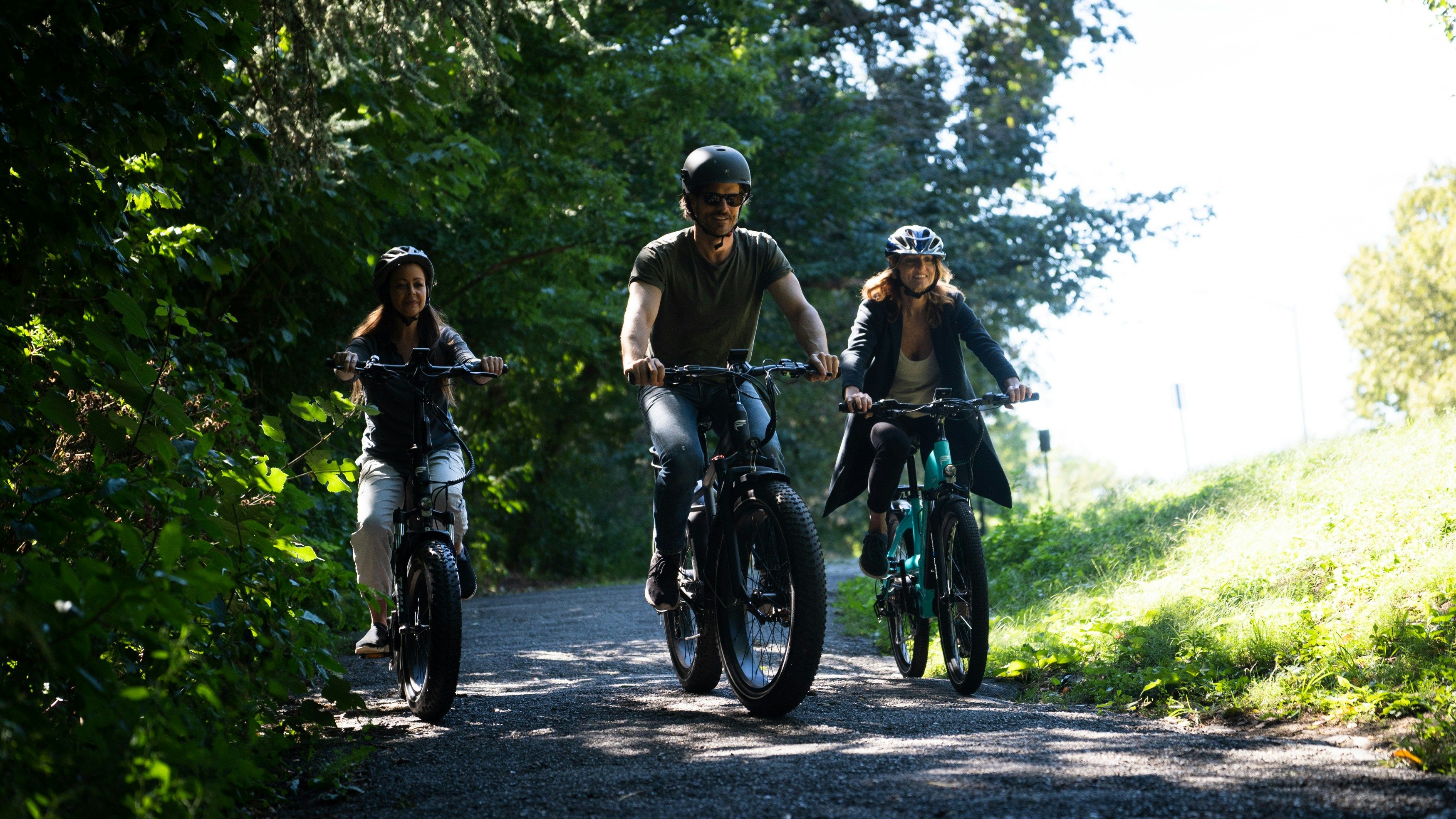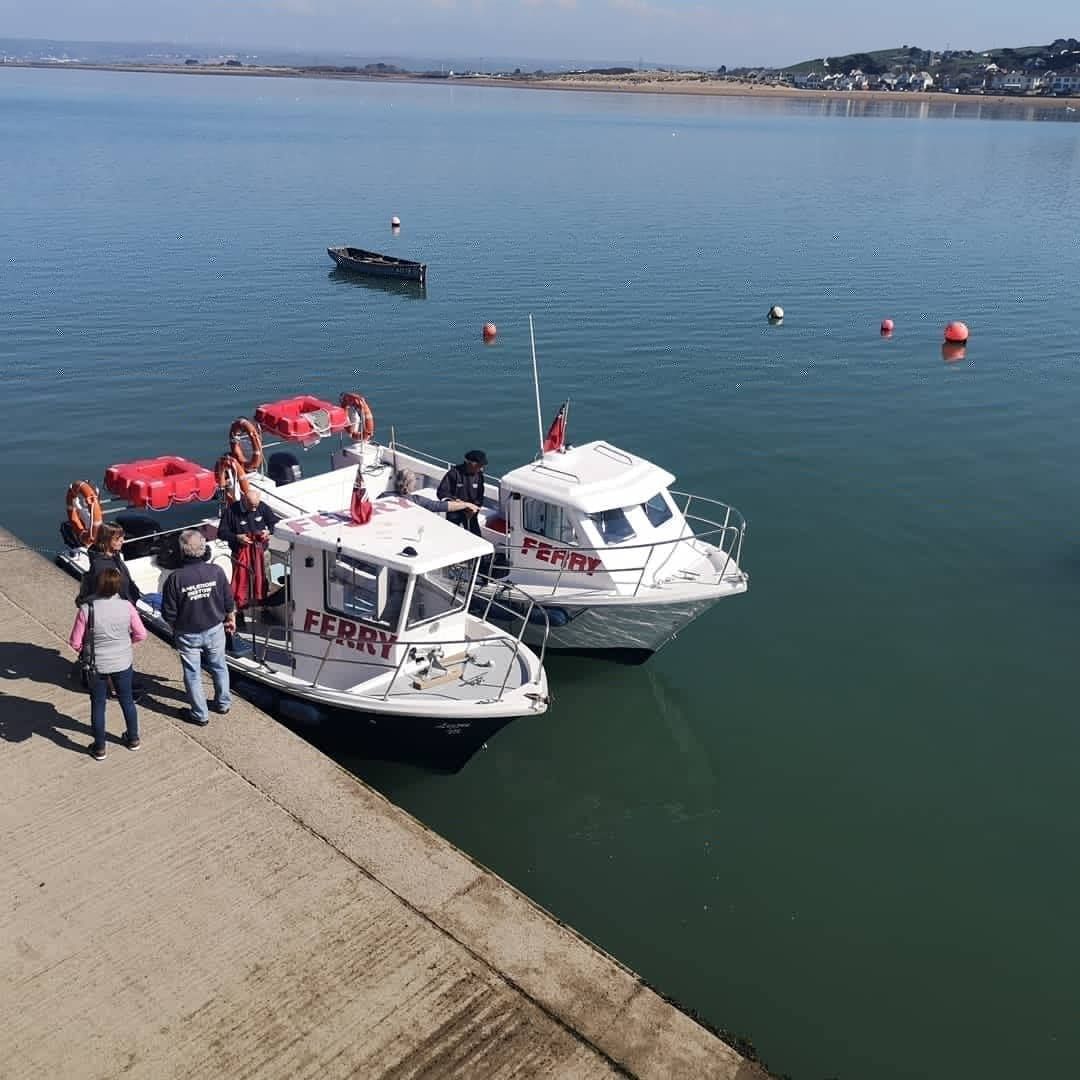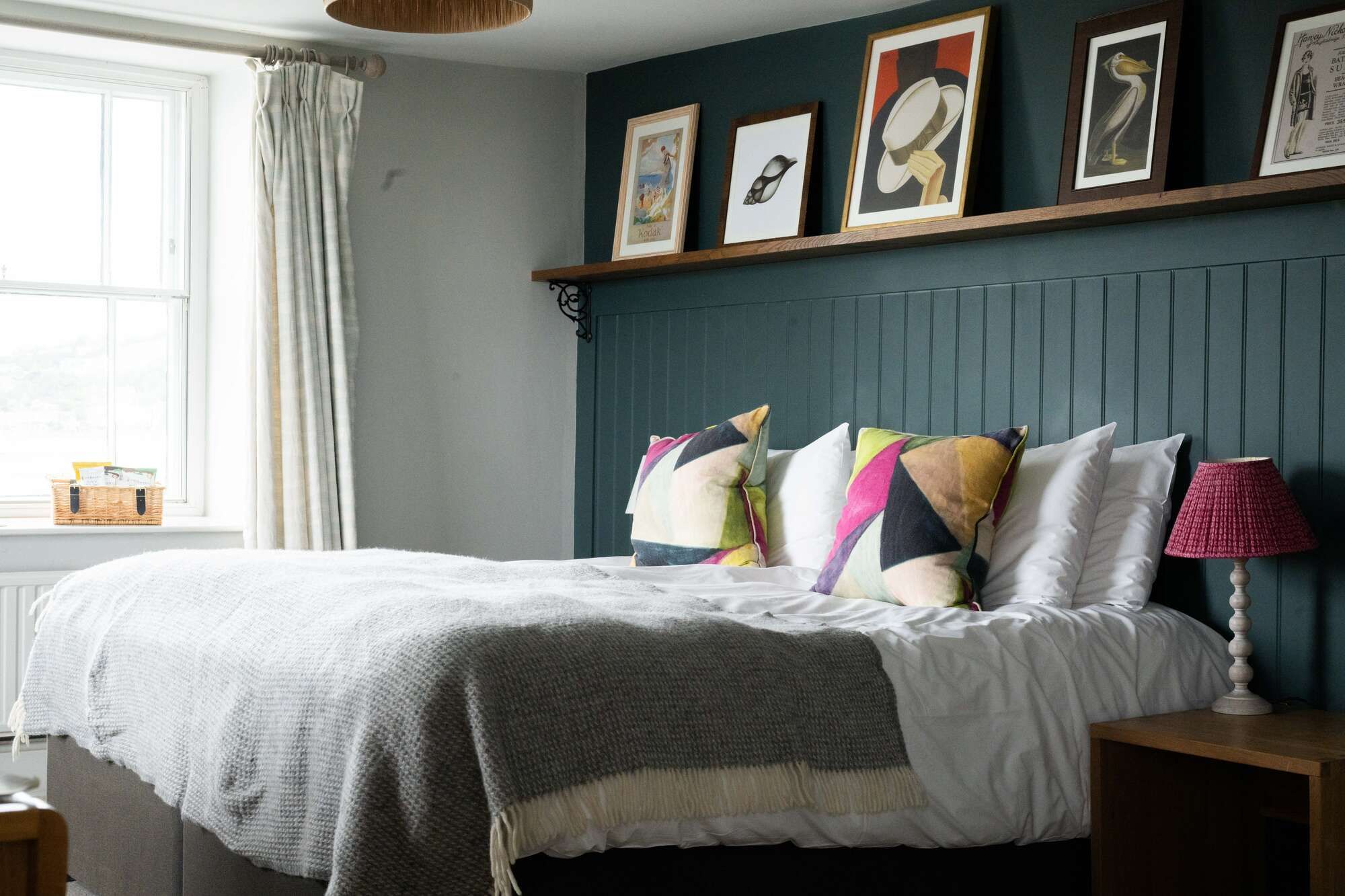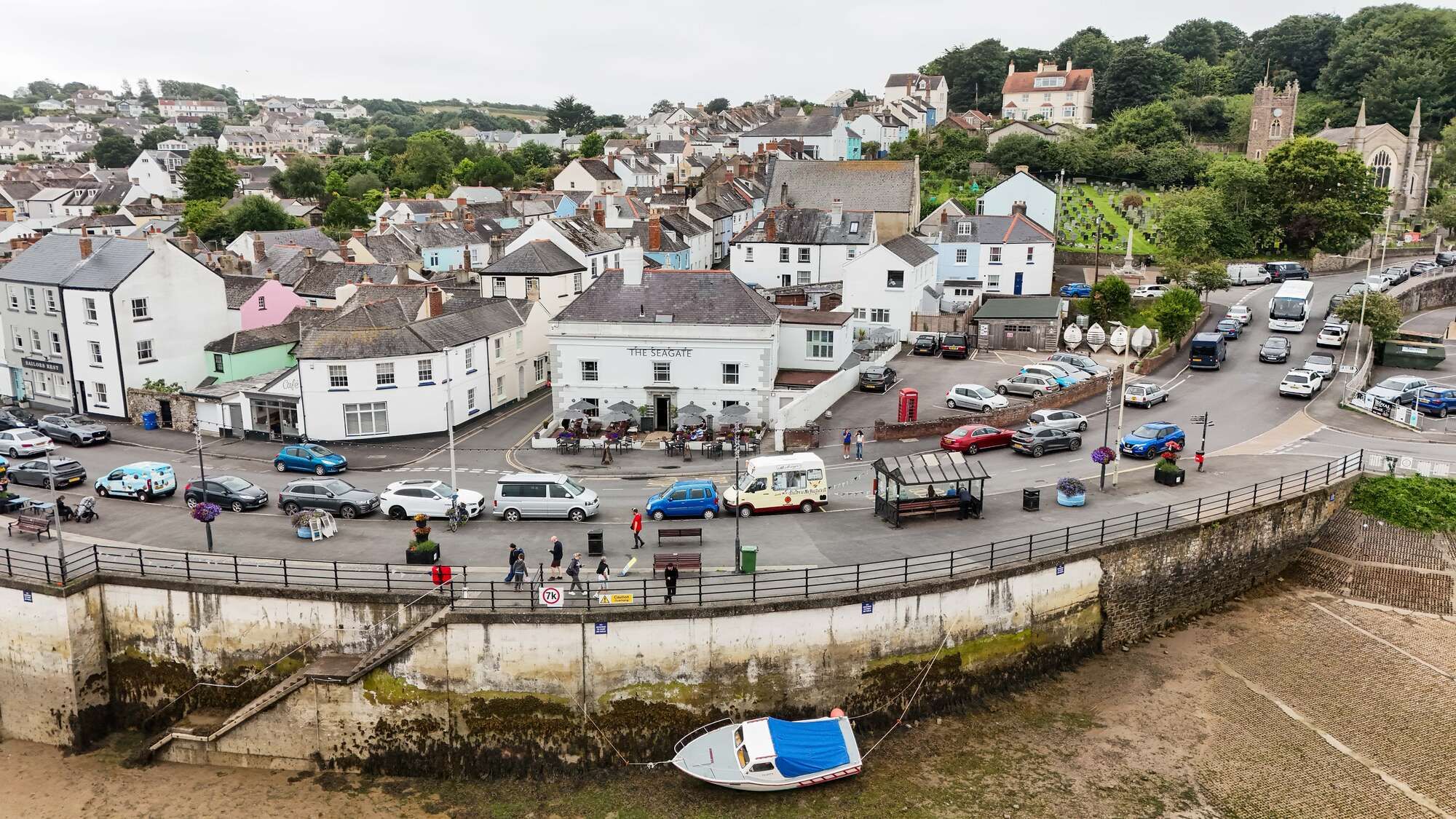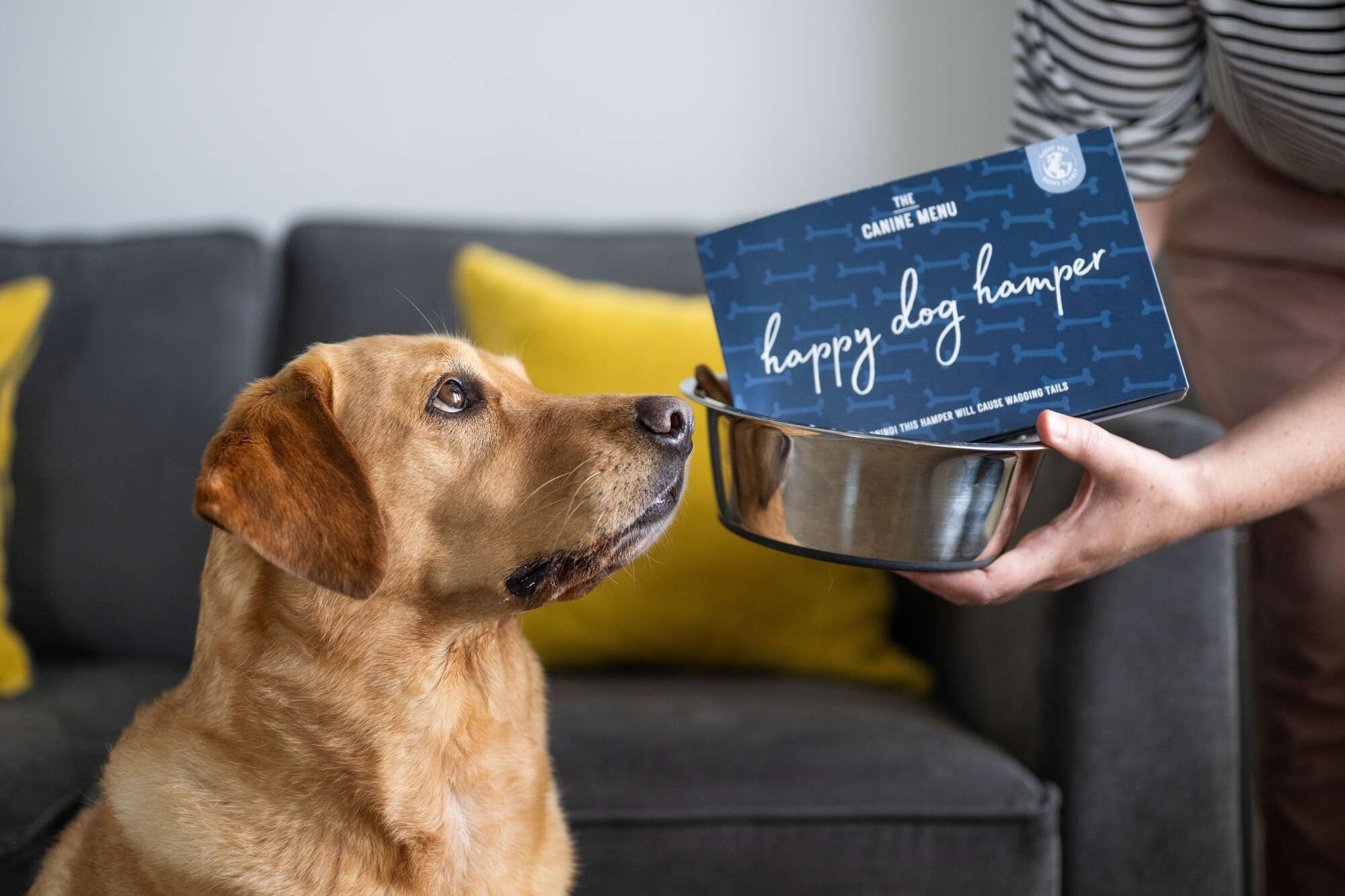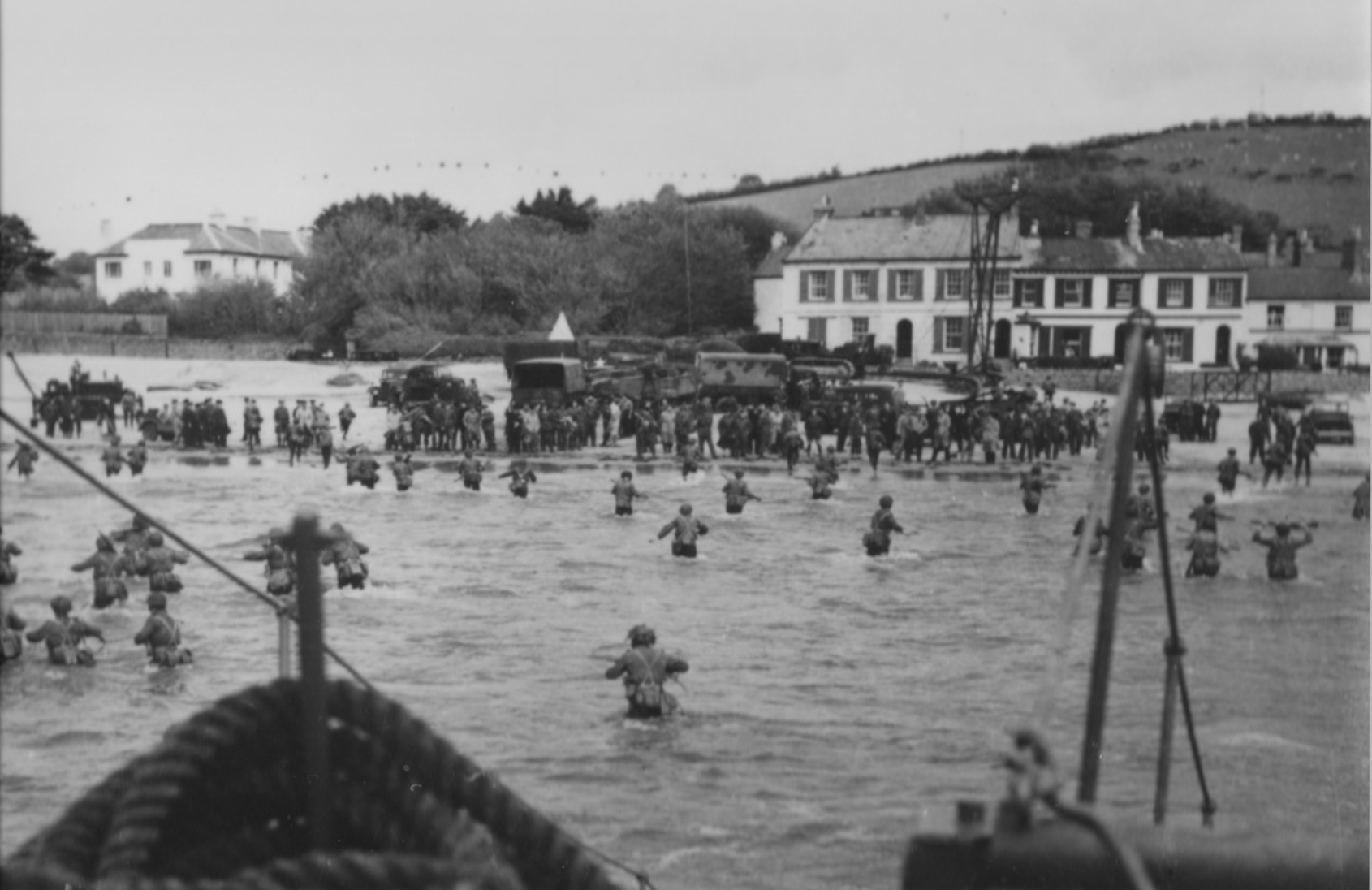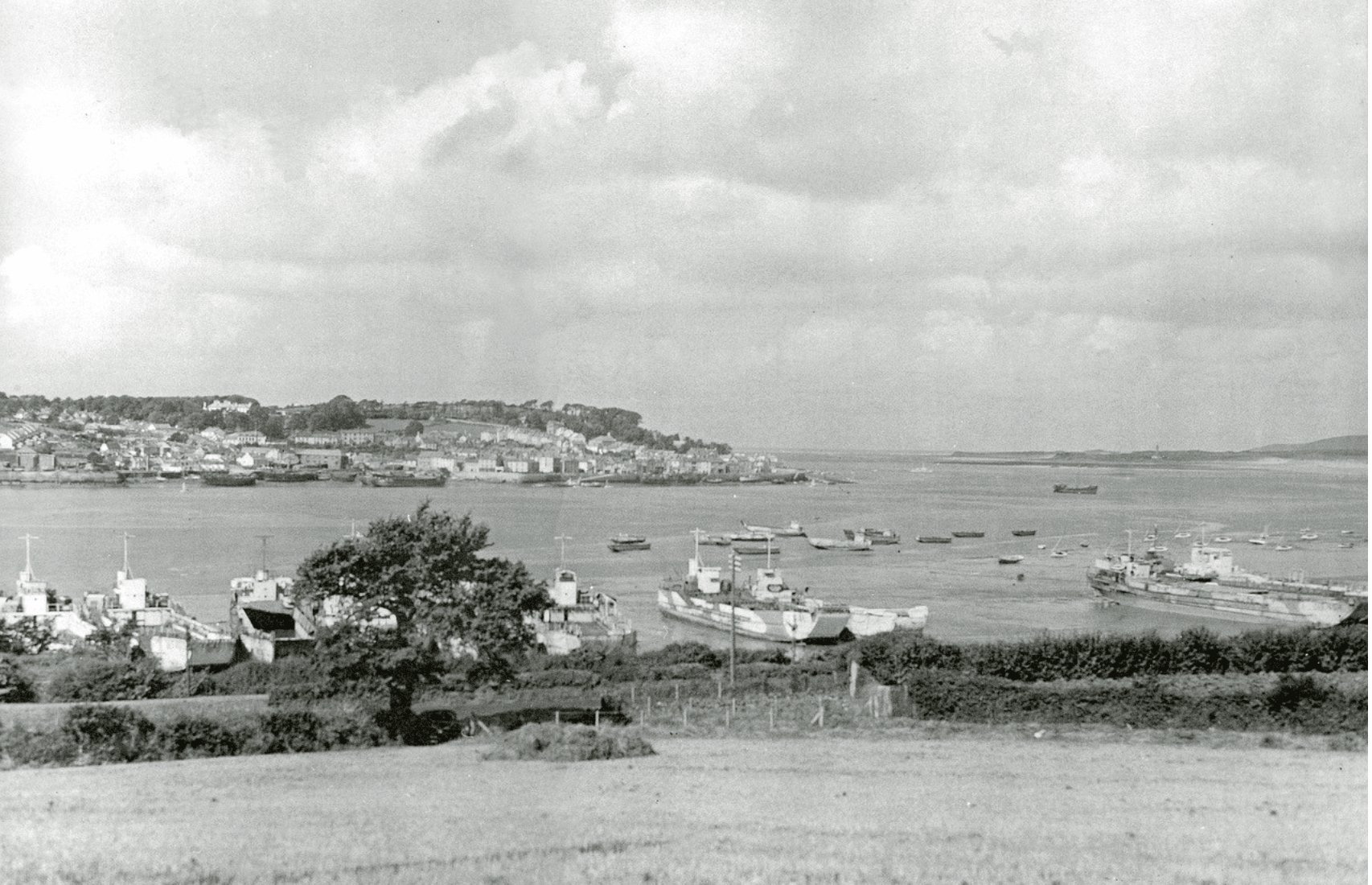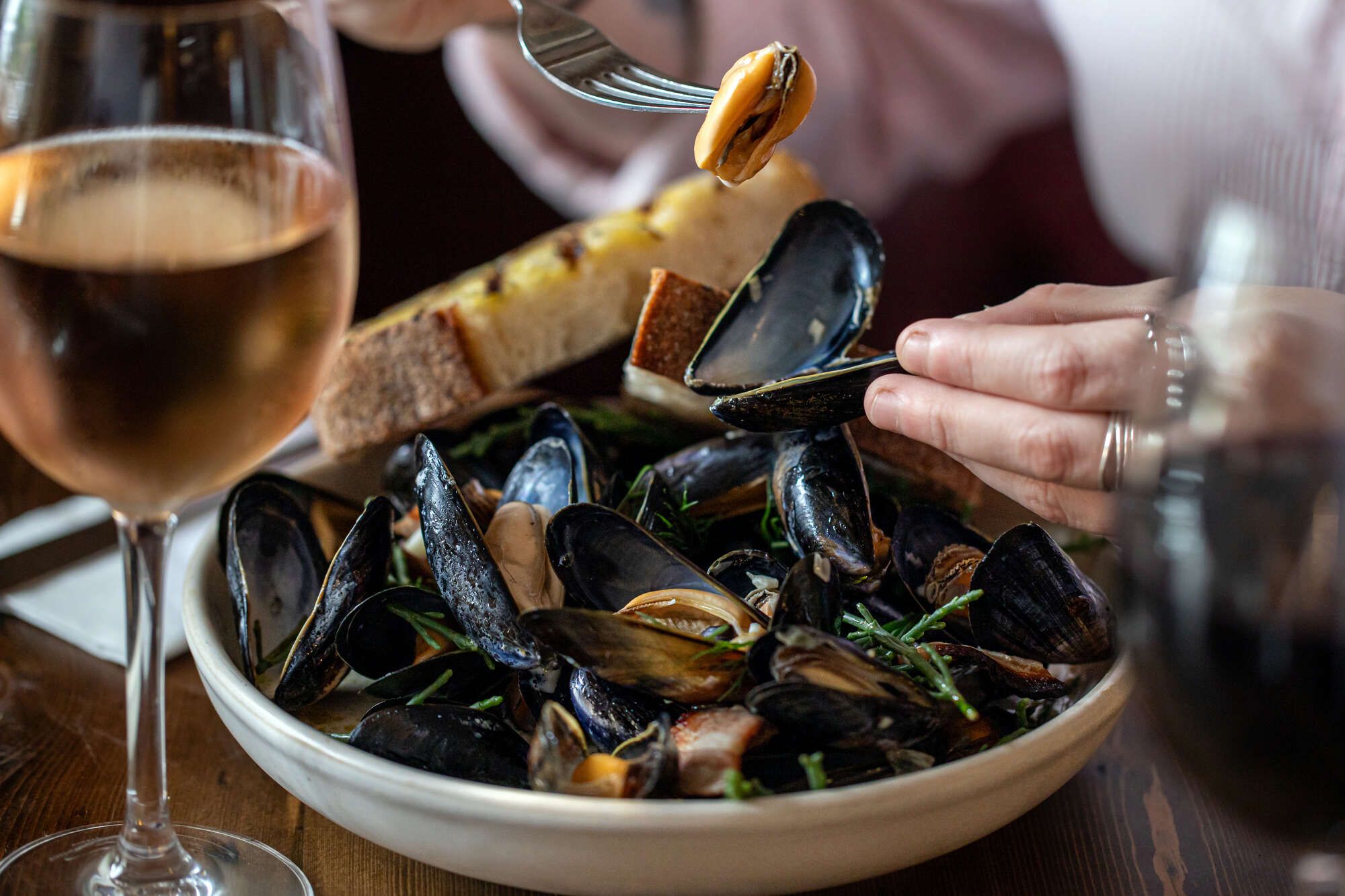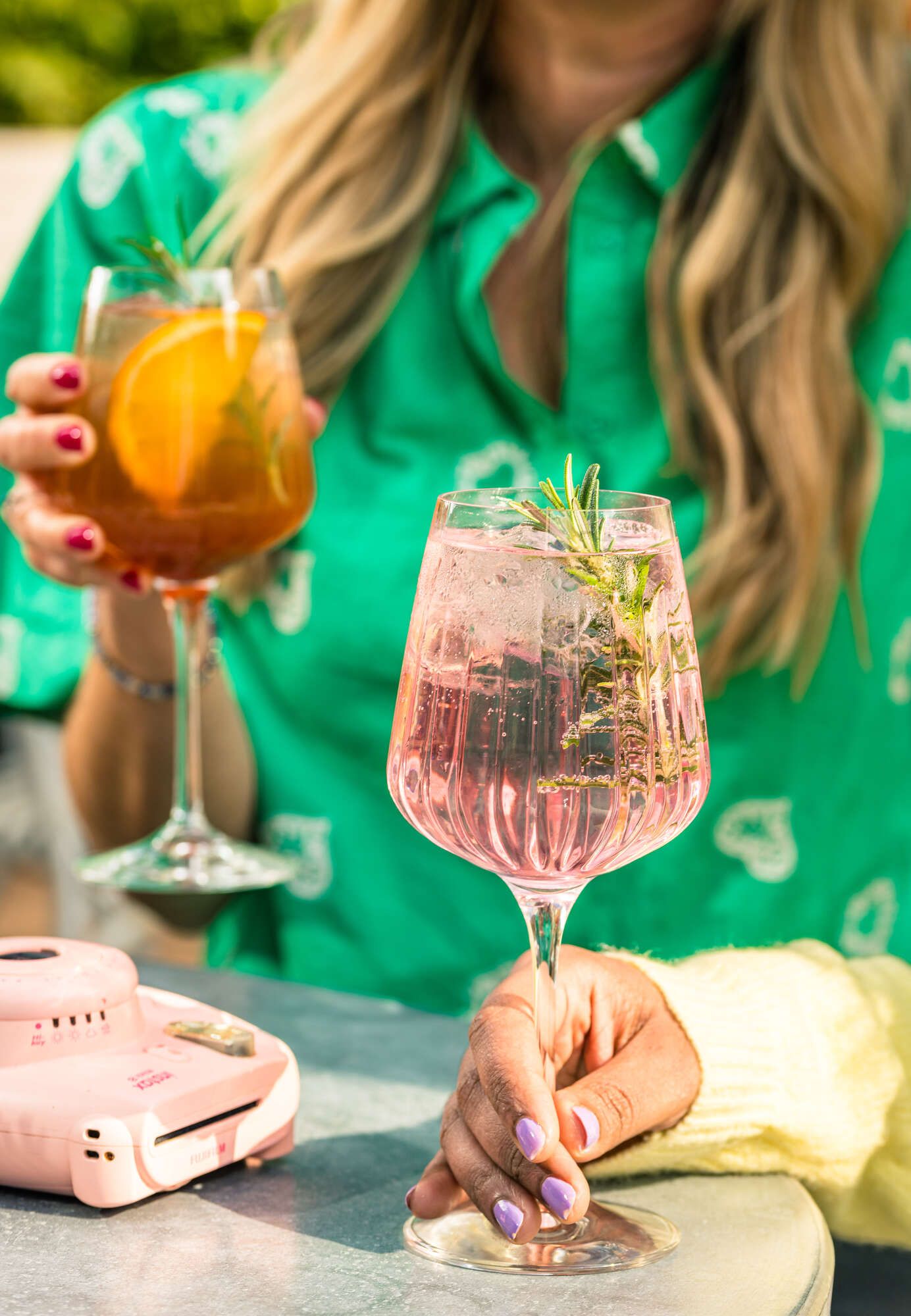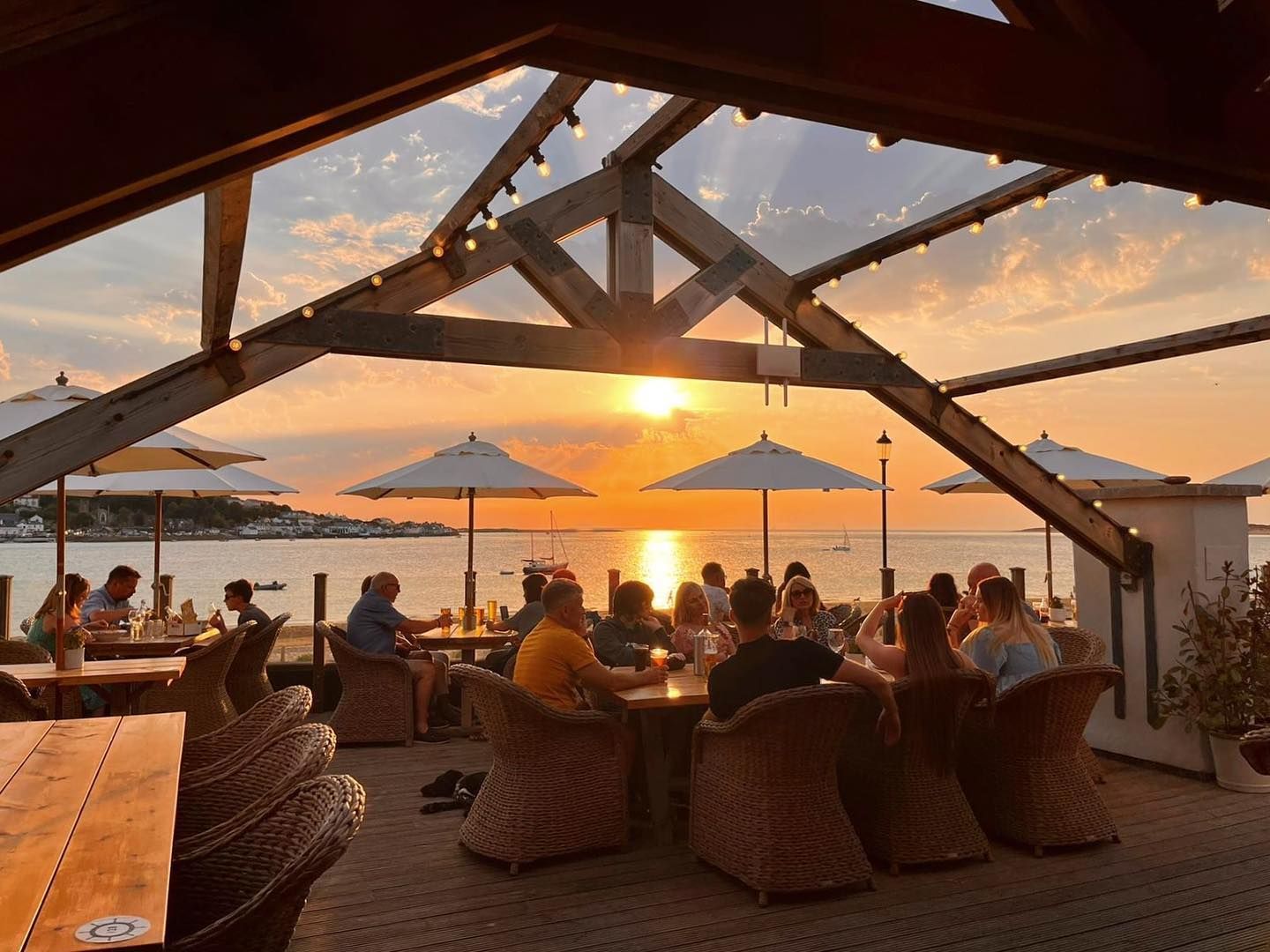Our Local Area
Right here in the heart of Instow – our little slice of paradise on the North Devon coast.
Nestled where the Taw and Torridge rivers meet the sea, Instow is a charming coastal village that blends natural beauty with laid-back seaside charm. From our doorstep, you can take in sweeping estuary views, stroll along the sandy beach, and watch the sun set in spectacular colour over the water.
Whether you’re joining us for a long, lazy lunch, a sundowner on Top Deck, or simply passing through on the Tarka Trail, Instow is the perfect place to pause, relax, and soak up the slower pace of life.
We love it here – and we think you will too.

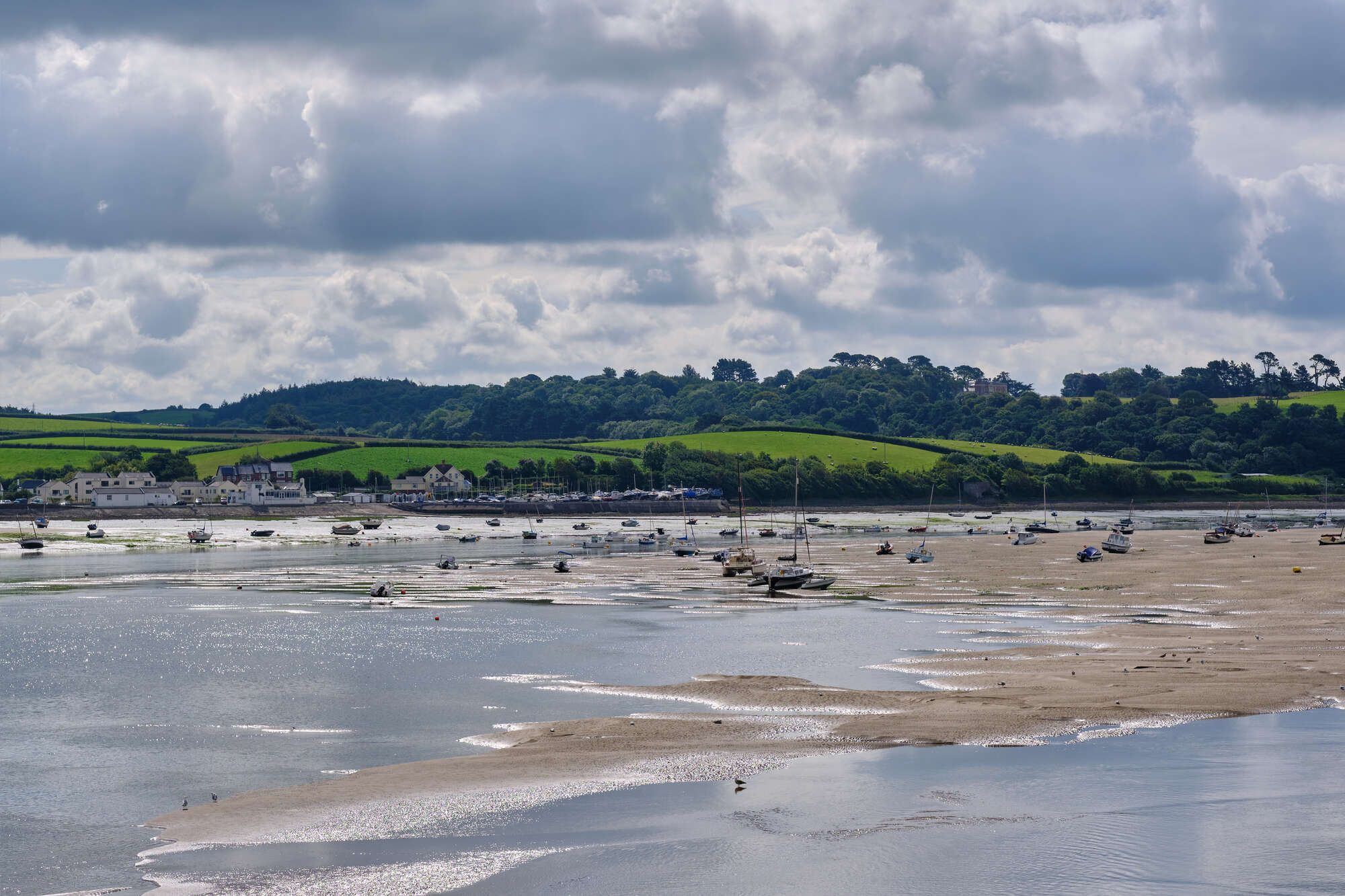
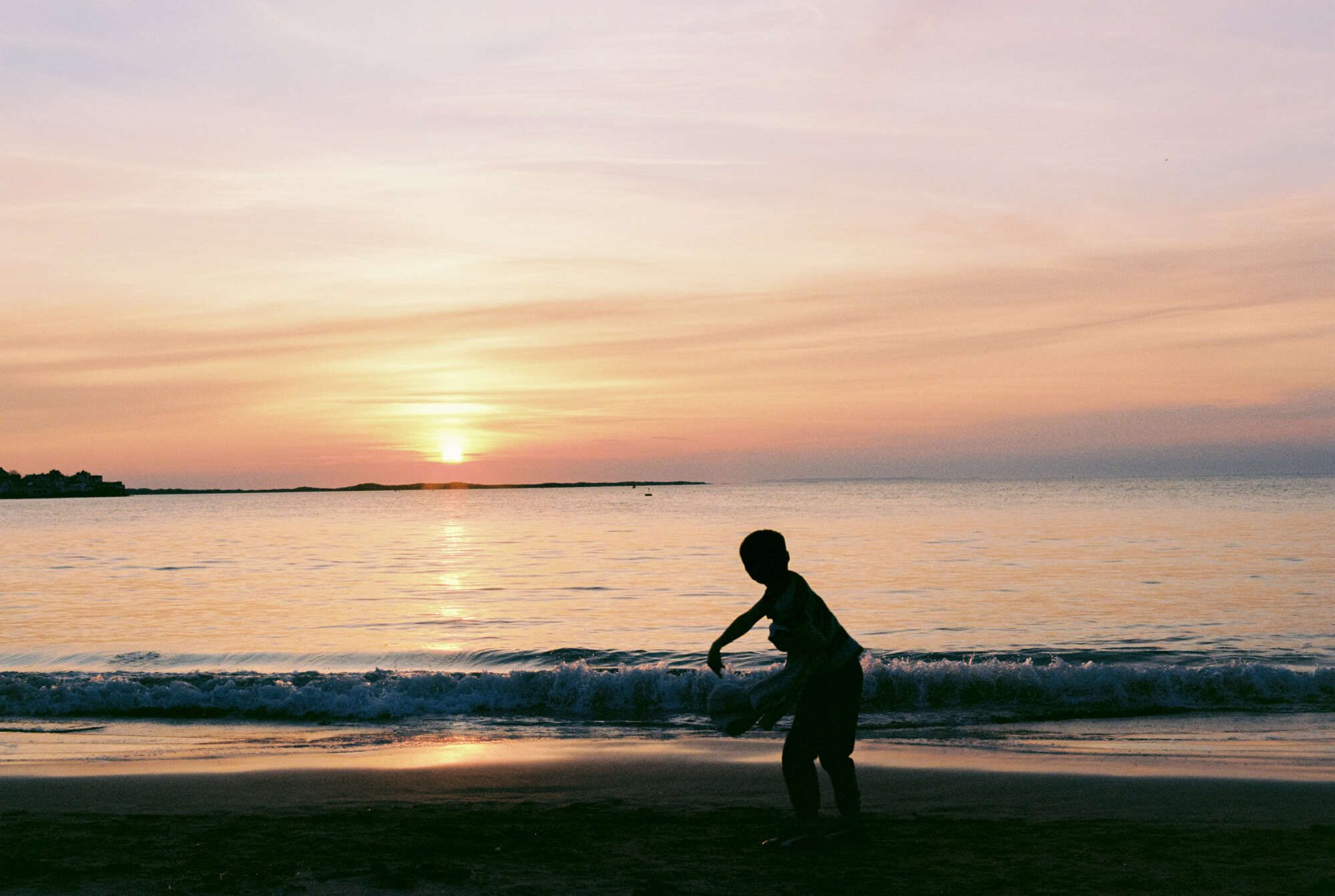
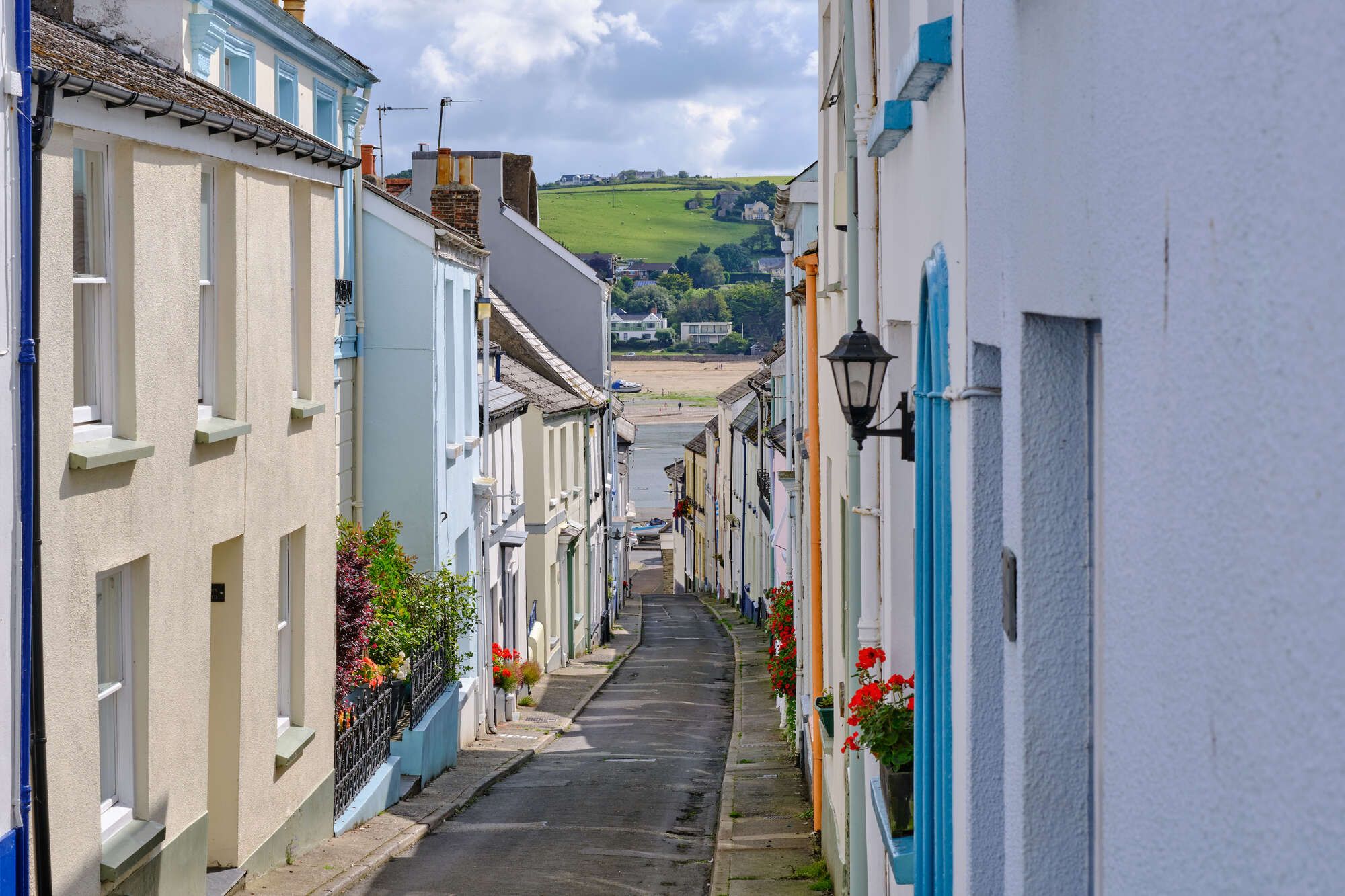
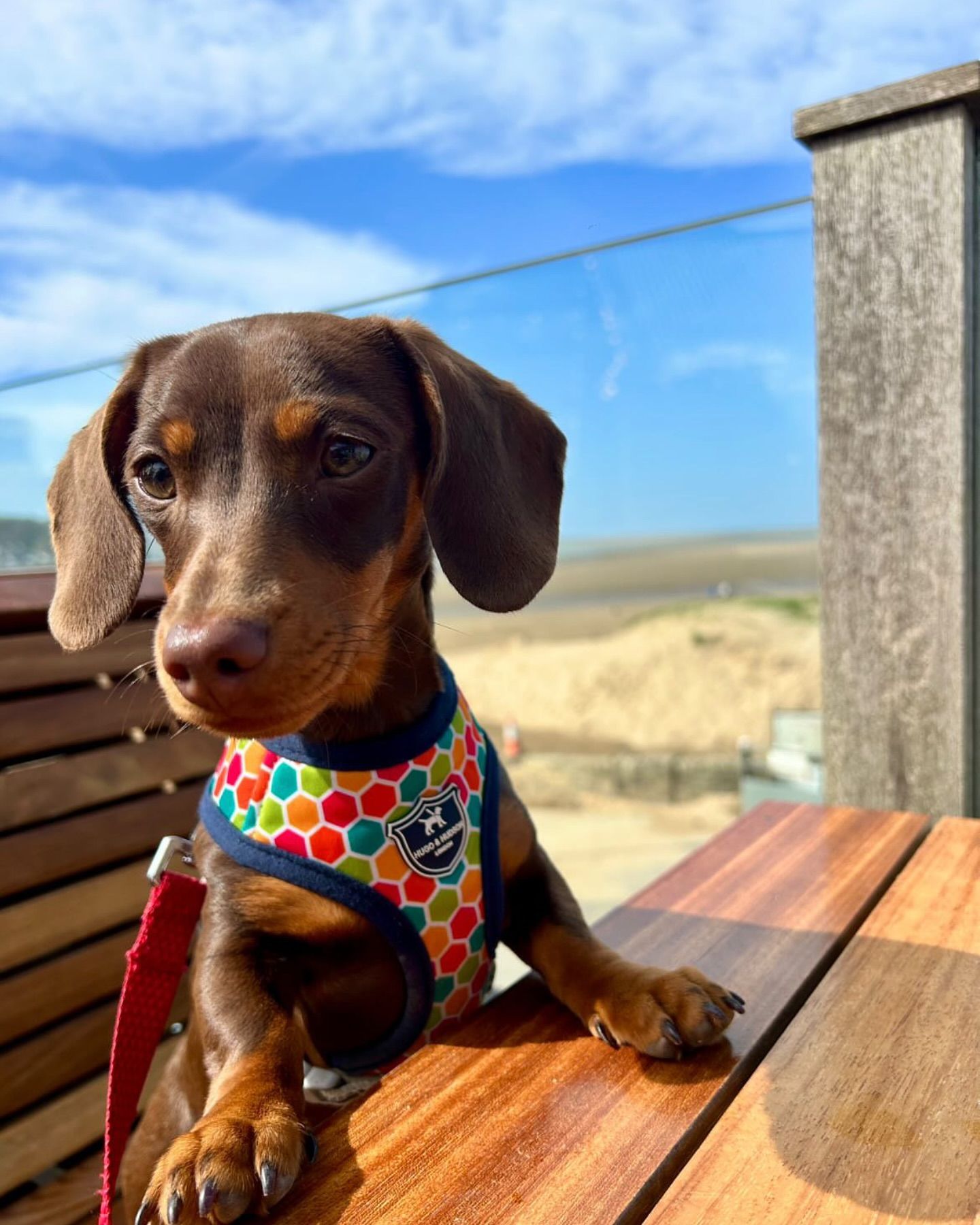
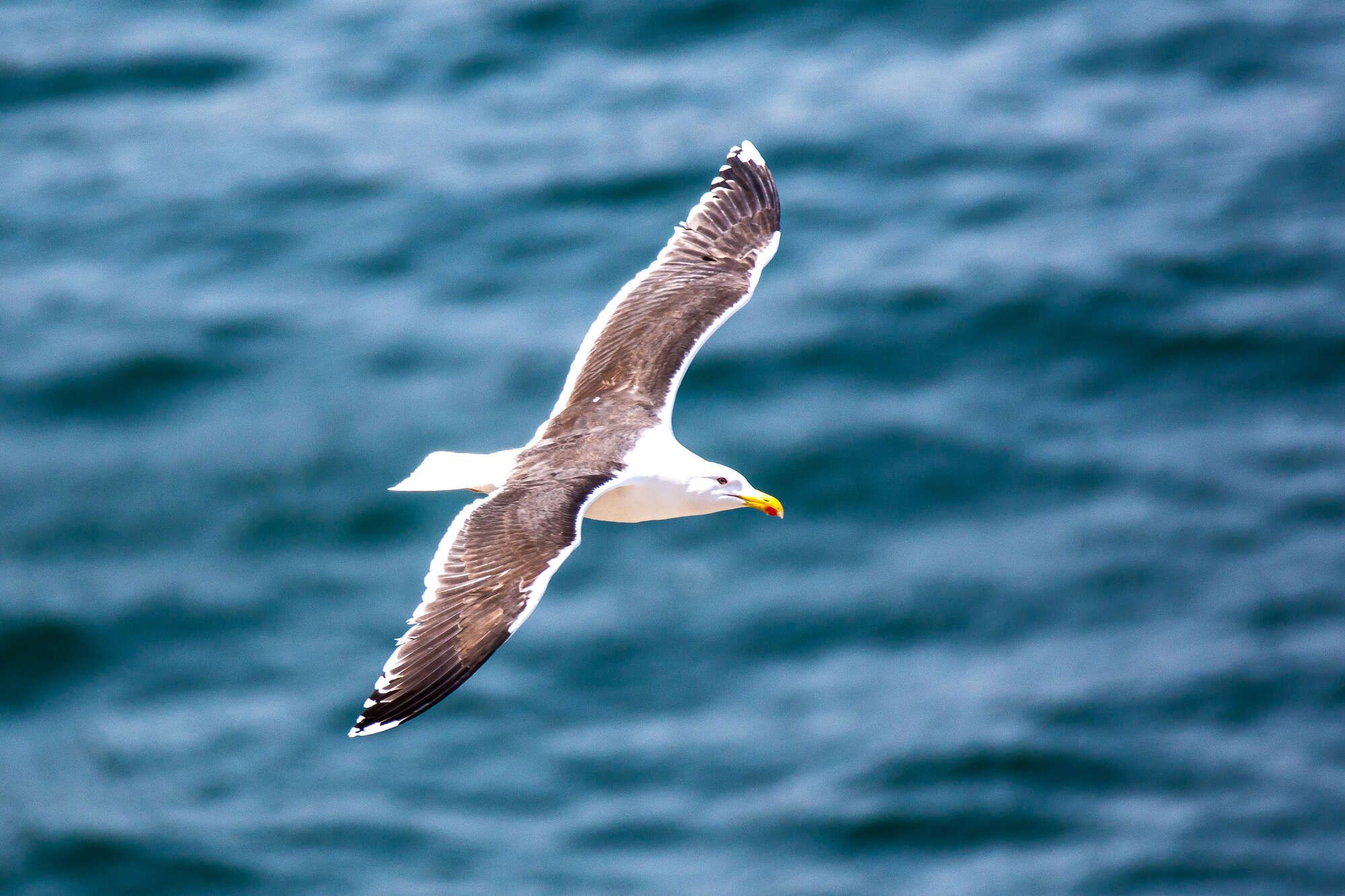
Things to See & Do
Instow is a laid-back coastal gem, perfect for sunny strolls, salty air, and scenic pit stops. Hop on the Tarka Trail for a traffic-free wander or cycle along the estuary, or catch the seasonal ferry to Appledore, a charming fishing village just across the water.
With a dog-friendly beach just steps away, four-legged friends are always welcome. And when it’s time to refuel, we’re here with delicious food, refreshing drinks, and unbeatable views.
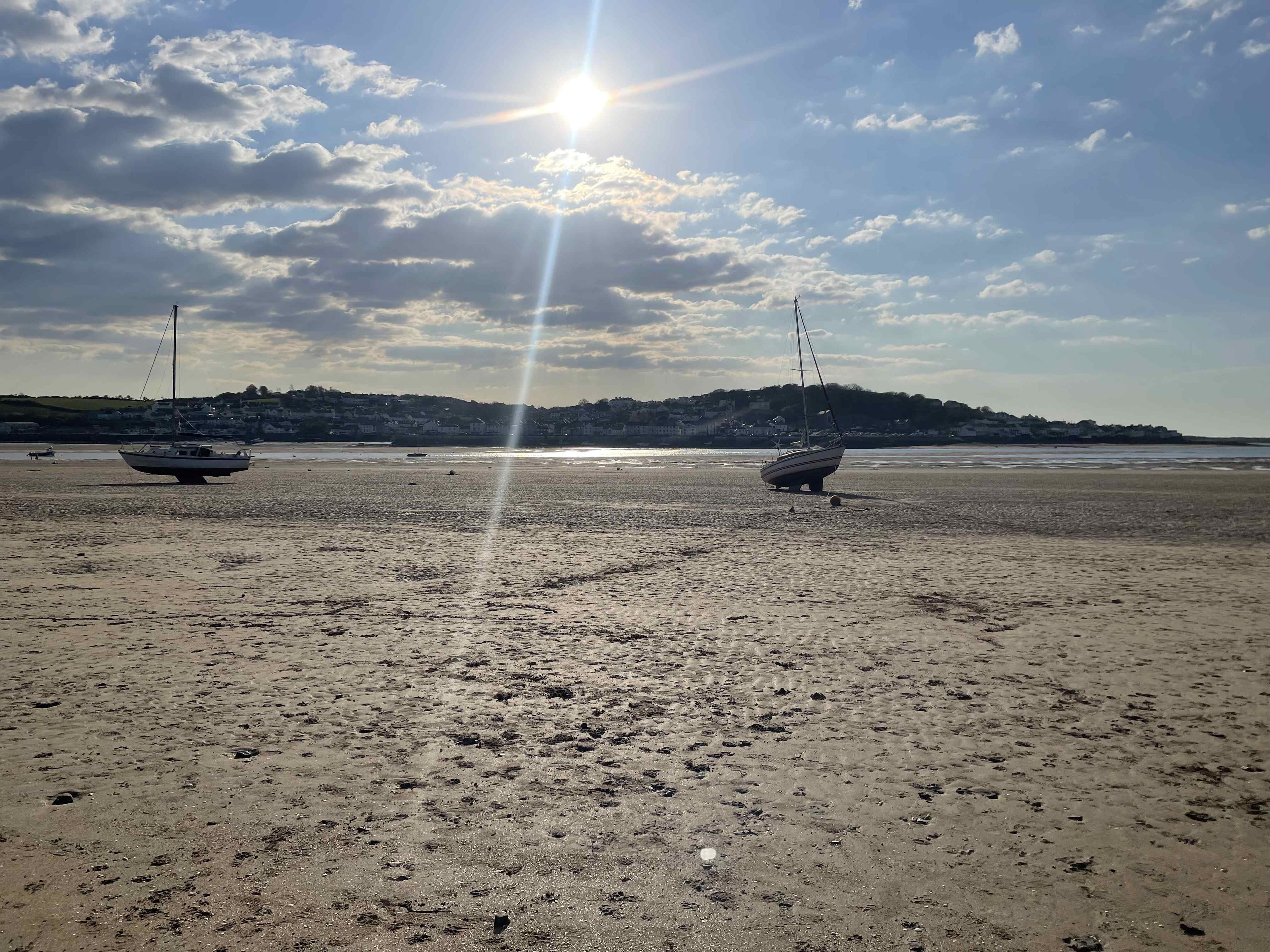
The Tarka Trail
Renowned for its 180-mile figure-eight route through North Devon, the Tarka Trail is inspired by the journey of Tarka the Otter in Henry Williamson’s 1927 novel. Whether you’re cycling, strolling, or simply soaking up the scenery, Instow makes the perfect pit stop.
With the traffic-free trail running right past our doorstep, swing by for a well-earned tipple, a bite to eat, and stunning views across the estuary.
Appledore & Instow Ferry
Run entirely by volunteers, the Appledore Instow Ferry provides a brilliant way to cross the estuary during the summer season – running daily (weather and tides permitting). Two ferries operate the route, each licensed to carry twelve passengers, making it a charming and scenic ride to start your adventure.
It’s also the perfect way to visit our friends at the Seagate – just hop off the boat onto The Quay and say hello to the crew when you arrive.
Planning ahead? Be sure to check the ferry website for sailing times, as services are tide and weather dependent.
Looking for a place to stay?
Looking for somewhere to stay while you’re exploring the North Devon coast? Our friends just across the water at The Seagate in Appledore have you covered. This cosy pub with rooms offers comfortable, stylish accommodation that’s both family- and dog-friendly, perfect for making the most of your coastal getaway.
It’s just a short hop across the estuary on the seasonal ferry, and makes a great base for beach days, Tarka Trail adventures, and relaxed evenings by the sea.
The Boathouse, Instow and D-Day – History on our doorstep
The following words below, are written by a local historian giving context as to why this D-Day is so important and shows The Boathouse’s connection to this historic event. Photographs courtesy of North Devon Maritime Museum
‘If Waterloo was won on the playing fields of Eton, surely the sands of North Devon beaches contributed importantly to the success of the assault over the Normandy beaches.’ Paul W Thomson, Brigadier General, US Army.
From September 1943 to March 1944, over 10,000 US Army soldiers took part in three-week training courses in Braunton Burrows and the estuary, in the area known as US Assault Training Center. Moreover, experimental equipment, which led to the success of the Normandy Landings was also designed and trialled by British Forces in the estuary and wider area.
The building we know today as The Boathouse played its part. Then Jubilee Hall, it was used as a NAAFI (Navy, Army, and Air Force Institutes) canteen in 1943 and -44. Other notable properties and locations in Instow were likewise commandeered for military purposes.
Marine Parade and Instow Sands, where people today exercise their dogs before popping into The Boathouse for a coffee, were closed to the public when the US Navy moved into the Torridge estuary. Small landing craft were often beached on the sand to dry out or for repairs after providing support for training exercises in Braunton Burrows.
The Village Hall became a canteen for sailors; Strandfield House – today the site of the Commodore Hotel – was commandeered for naval officers while the North Devon Yacht Club was turned into their private club.
A former US ferry boat, MV President Warfield was towed across the Atlantic from Baltimore and moored off Westleigh as floating barracks for 300 US Navy officers and other ranks. American GIs stayed in temporary camps around Braunton and Woolacombe while some lucky ones enjoyed home comforts, living with local families.
In 1939, a Royal Marines base had been established at Instow to test amphibious equipment; four years later it became a key training facility for troops preparing to land on Gold Beach around Arromanches. The DUKW (Duck) amphibious craft, the workhorse for transporting troops in the Second World War, was tested in Instow. After the war, the camp took the name of the French seaside town. Today it is the base for 11 Amphibious Trials and Training Squadron and the Amphibious Trials and Development Wing.
Photographs courtesy of North Devon Maritime Museum
Instow & Arromanches – A Lasting Friendship
The historic ties between North Devon and Normandy were strengthened in 1979 with the twinning of Instow and Arromanches — a connection that continues to thrive today. This year, we look forward to welcoming visitors from Normandy, who will stay with local host families and experience the warm hospitality North Devon is known for.
If you’d like to find out more about the Instow Twinning Association or get involved in this year’s events, please get in touch via email: instowtwinning@btinternet.com.
Discover North Devon’s Role in D-Day
To explore North Devon’s vital contribution to the D-Day landings, visit one of the local heritage centres:
-
North Devon Maritime Museum, Appledore
-
The Museum of Barnstaple and North Devon
-
The Burrows Centre, Northam Burrows Country Park
-
Braunton Countryside Centre
You can also delve deeper with Devon D-Day, a self-guided tour of key sites, and the Northam Burrows Hidden Wartime History guided walk leaflet.
Stay In Touch
Keep up to date with our very latest news, events, tipples and treats.
In future we may tailor emails and online advertising based on your location and what you’ve shown an interest in. By clicking on ‘Submit’ on the above, you’re accepting our Privacy & Cookie Policy. Young & Co.’s Brewery, P.L.C and its group of companies are committed to protecting your data and it will be processed in accordance with our Privacy & Cookie Policy which can be found at http://www.youngs.co.uk/privacy-policy . Please read this before clicking ‘Submit’. Promoter: Young & Co.’s Brewery P.L.C, Copper House, 5 Garratt Lane, Wandsworth, London, SW18 4AQ. Registered in England & Wales Company No. 32762
This site is protected by reCAPTCHA and the Google Privacy Policy and Terms of Service apply.
